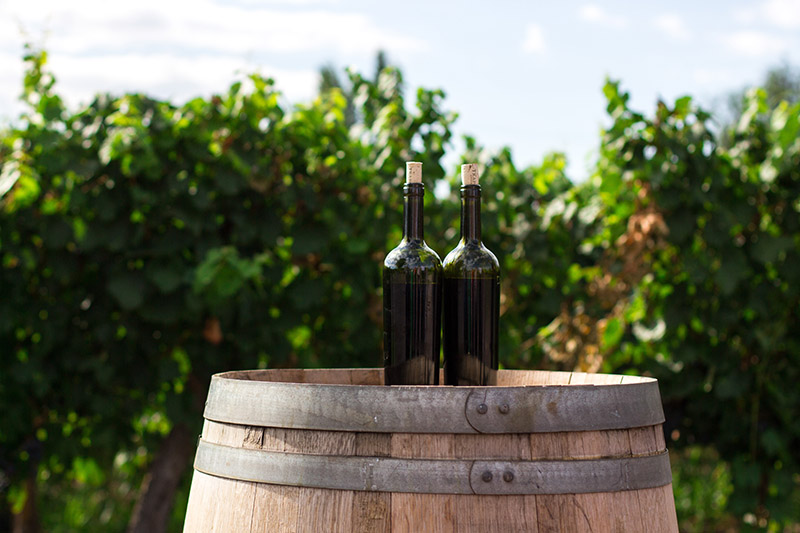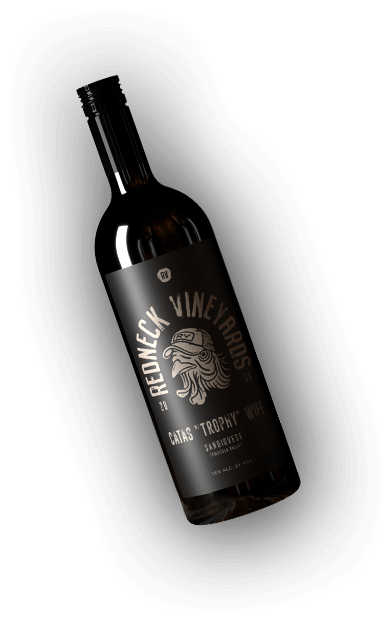Storing Wine, Wine
Best Preservation Systems for Opened Wine
Save your wine for another day without fear of it going bad
We’d all love to live in a world where wine never goes bad and money for more bottles never runs out. But, sadly, that’s not real life—at least, not for most of us.
So what happens after you throw a party at your home and find 5 half-drunk bottles of perfectly good wine? Throw them away? Certainly not! Where there’s a will there’s a way, and you better believe that wine enthusiasts have discovered a way to preserve precious unfinished bottles of wine.
Wine versus oxygen
As you probably know, oxygen is a wine’s enemy. That’s why the countdown begins as soon as you pop open a bottle of wine and let fresh air into the bottle. When oxygen floods into the uncorked bottle and glides across the surface of your wine, a process called oxidation takes place which triggers a series of chemical reactions. These reactions convert alcohol into acetaldehyde and give the wine grassy, nutty, or apple-y types of flavors and aromas.
You might think simply recorking the wine will do the trick, but there’s no going back once you’ve opened it. There are ways, however, using preservation tools, that you can get rid of some oxygen and prolong its tantalizing goodness.
Two main methods of wine preservation
While there are heaps of wine preservation equipment for sale, most of the products stem from two main ideas: pump/vacuum and inert gas/cartridge systems.
1. Pump/vacuum
The pump/vacuum idea is pretty straightforward—these tools work to pump or vacuum out the air from the bottle. A pump is a common and basic wine preservation tool and usually requires you to work it manually. Void of electronic parts, pumps often last long and can be used for years. Vacuums, on the other hand, embrace technology and automatically vacuum the air out of the bottle.
You can expect your wine to last about 7-10 days after it has been opened using a pump or vacuum.
2. Inert gas/cartridge systems
The inert gas that is used for wine preservation products is always heavier than air. Therefore, by pumping it into an opened bottle of wine, the gas drifts down and covers the wine like a blanket which shields it from oxygen. There are a few different gases and combinations of gases that are used, but Argon and Nitrogen are the most popular and effective. Most wine preservation gases can be refilled by replacing the cartridge and vary on how many times they may be used before running out.
Depending on the quality, gas preservation methods usually make an opened bottle last anywhere from a week to a few months. this method a bottle can last from a week to a month.
The odd man out
Most wines handle the preservation systems above beautifully. Unfortunately, that just isn’t the case for sparkling wines. It’s true that some inert gases account for sparkling wine and are compatible, but you never want to use a vacuum or pump on your bubbly wine. How come? If you think it through, you’ll probably know why those preservation methods wouldn’t work well. Pumping sparkling wines, such as Lambrusco or Champagne, sucks the bubbles right out and leaves you with a flat, dull, and lifeless wine that at one point used to sparkle.
To avoid ruining your sparkling wine in an attempt to make it last longer, don’t use a pump or vacuum. Store any carbonated wines in the fridge, and try to enjoy them within 1 to 3 days.
Tip-tip-hooray!
There are some simple tips and tricks (beyond using the preservation tools) that you can perform to boost your wine’s life expectancy.
- Avoid storing opened wine on its side as it increases the surface area exposed to oxygen.
- Don’t store your wine in temperatures above 70 ºF. It’s best to stick them in the fridge and then take them out to warm for an hour before drinking them.
- Never store your wine by a window or anywhere that gets sunlight.
- Recork your wine after every pour to lessen the flow of oxygen that enters the bottle.
The more wine there is left in the bottle, the longer the wine will stay fresh, regardless of how you try to preserve it. This is because the wine to air percentage in the bottle is lower.
Where to go from here
There are plenty of wine preservation products available. You can buy them at stores, like Target and Pottery Barn, or you can simply do a google search and purchase one online. There are tons of options to choose from, so make sure the one you select matches your particular needs.
Some preservation tools cost as little at $10 and some cost well over $100. Don’t let the price fool you into thinking you need to spend a lot to get something that works well. However, if you’re planning on opening and storing expensive wines frequently and want them to last for weeks, then maybe a high-priced option is just what you need.



